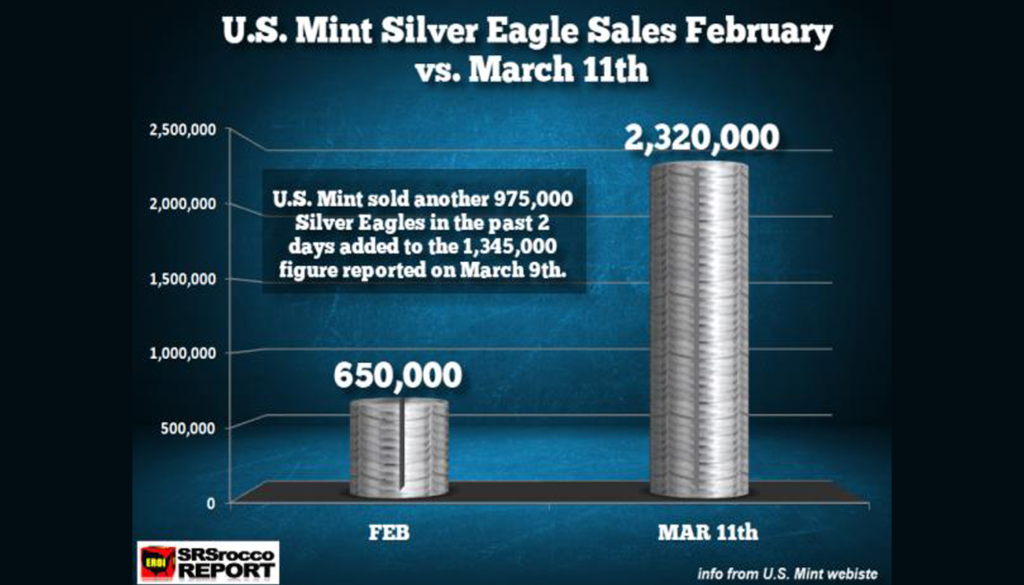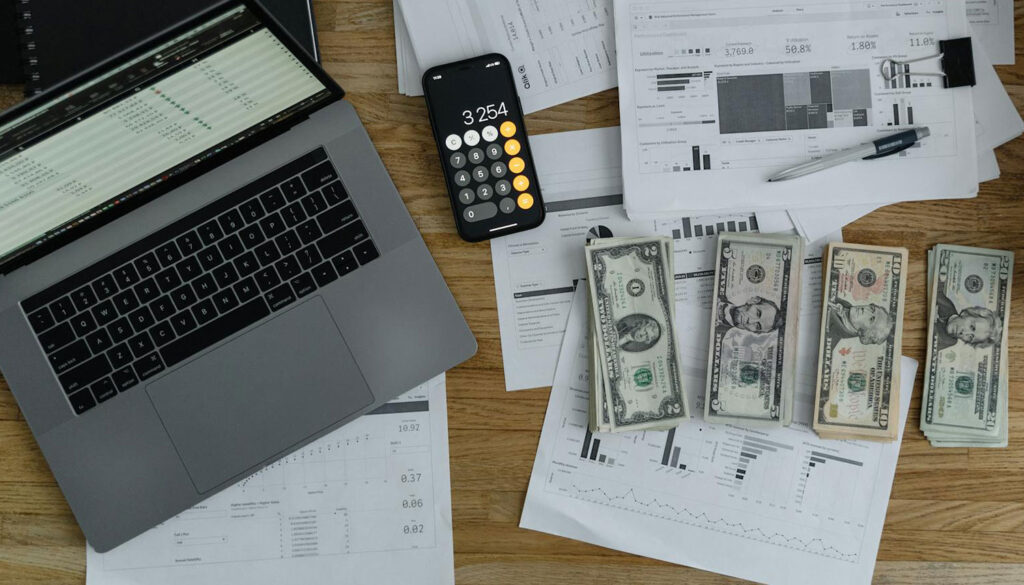Platinum, with its price close to the lowest level in nearly a decade, might soon attract the interest of bargain hunters.
“Platinum has some significant upside potential from current levels, as a result of its overall industrial usage and within autos,” says Ed Egilinsky, managing director of Direxion. “Platinum currently trading both below gold and palladium makes it attractive from a pure price standpoint, as historically platinum has traded at a premium to both.”
Futures prices for platinum PLV8, -0.38% , which settled at a 9½-year low of $813.40 an ounce on July 2, climbed back to $848.60 by the end of last week, but they’re still around 33% below gold and roughly 11% lower than its sister metal, palladium. On Friday, gold futures GCQ8, -0.55% settled at $1,255.80, while palladium PAU8, -0.26% closed at $947.60.
Platinum has been down by as much as 13% this year, while palladium has recently shown a drop of as much as 12%. Egilinsky says both have been pressured by trade tensions and the prospect of higher electric-vehicle adoption, which would lead to less demand for the metals in the catalytic converters used to curb emissions from gasoline- and diesel-powered engines. A trade war with China, one of the metals’ biggest consumers, can “certainly be an influence on prices,” he adds.
FactSet
20-year chart of platinum, palladium and gold futures prices
Adrian Ash, director of research at BullionVault, however, says: “Platinum’s price drop really comes down to the diesel emissions scandal and the damage it’s done to forecasts for diesel vehicle growth world-wide.” Volkswagen VOW, +1.07% admitted in 2015 that it had equipped certain diesel cars with software that circumvented emissions standards. About 40% of platinum goes into diesel catalysts each year, and “traders have fixed on that story and the bad sentiment it’s built toward the metal,” says Ash.
At the same time, “battery-electric vehicles keep making headlines,” he says, as “city mayors and governments everywhere keep setting deadlines” for a ban on cars with internal-combustion engines, and vehicle manufacturers keep announcing new electric-vehicle models. “The death of diesel is becoming a nailed-on certainty, if you skim the headlines. That continues to whack the price of platinum,” Ash says.
But this ignores the other 60% of demand, which includes other industrial uses and jewelry, plus likely stronger growth from emerging Asia, as China and other nations tighten emissions limits, he points out. Indeed, the GFMS Platinum Group Metals Survey, released in June, pegged the 2017 amount of platinum used in auto catalysts at 3.48 million ounces, 7.1% above 2016’s level.
Historically, platinum has generally traded higher than gold, but the last time that relationship held was in early 2015. And last September, palladium traded above its sister metal, platinum, for the first time since 2001.
“I think [platinum] is a better value than gold right now,” says Chris Gaffney, president of World Markets at TIAA Bank. “The emergence of a large middle class in both China and India will continue to support the automobile sector, and demand for platinum should continue to increase, especially if/when we see manufacturers switching from palladium into platinum for pollution control.” Platinum is a “better catalyst” in many pollution control applications, he says.
Gaffney also notes that platinum is “denser” than gold, and has a much higher melting point—“meaning it is stronger and is better for some industrial applications.” It’s also more difficult to mine and more expensive to produce than gold and is rarer than the yellow metal.
Given that platinum is both “an investment and industrial metal,” global economic growth, as well as central bank interest-rate policies, will have a major influence on it, says Gaffney. He expects higher interest rates and global trade worries to “keep a lid on precious-metal prices in the second half of the year” and doesn’t see a “breakout” for precious metals until there’s “higher inflation or a solution to the current trade tensions.”
For now, “maintaining a well-diversified portfolio with an allocation to precious metals” is likely the best investment approach, Gaffney says. “Right now, I prefer to own platinum and silver over gold and/or palladium.”
Myra P. Saefong – Marketwatch – July 9, 2018






